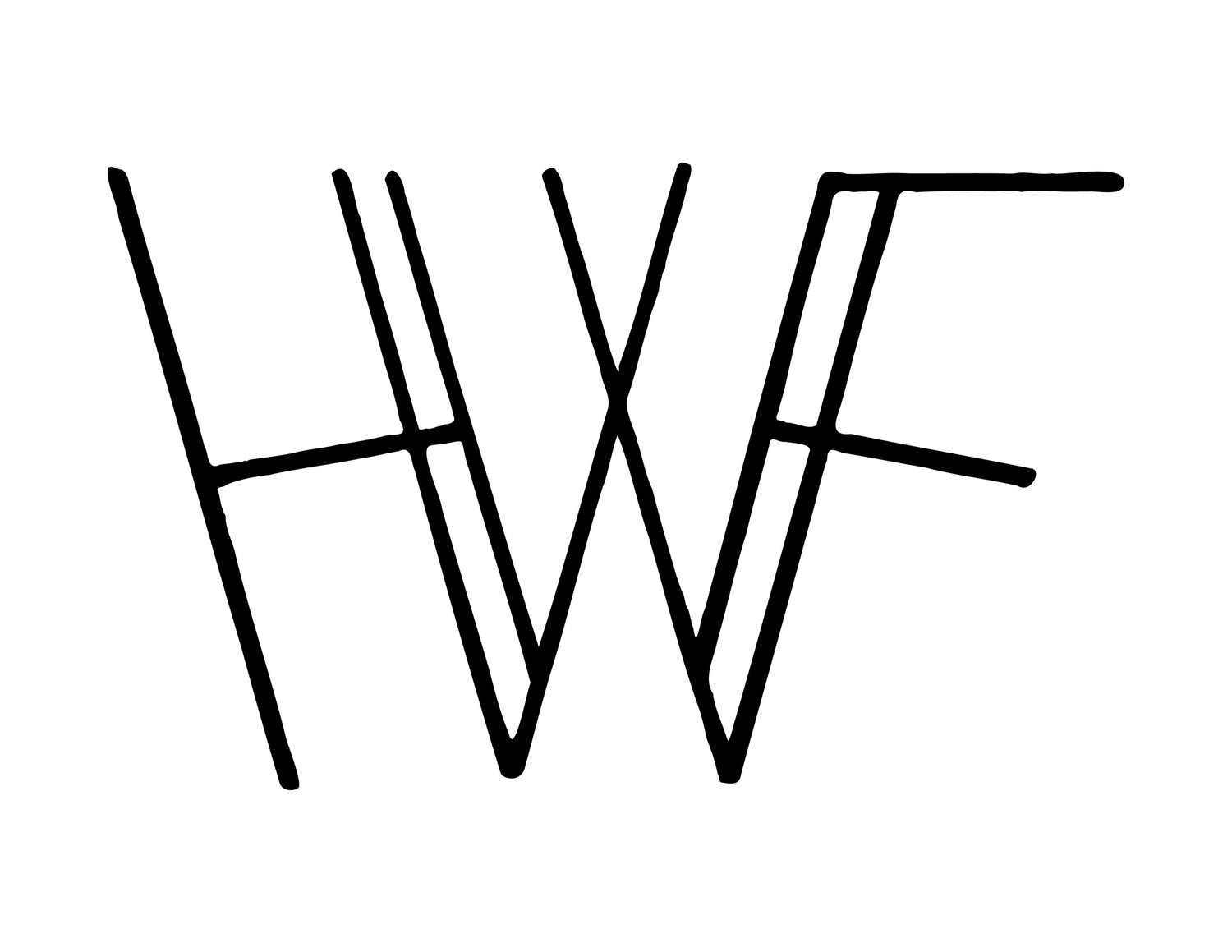A little bit about the situation:
The Apalachicola River plays an important role in the health of not only the world famous oyster beds, but the entire Gulf of Mexico ecosystem. Over the past few decades there has been an ongoing "water war," a dispute mostly between the state of Georgia and Florida since the majority of the flood plane that flows to the gulf by way of the Apalachiocola River is located in Georgia. The river's nourishing freshwater is the foundation of a vast and diverse ecology in a region of the southern United States many of us call home and many more enjoy as our playground throughout the year. The freshwater that runs south to the ocean has decreased as metropolitan cities like Atlanta and big agriculture take their toll. When freshwater is restricted and salinity increases, conchs, blue crab and other predators move into the delicate estuary and feast upon the many species (including oysters, bait fish, anchovies & grouper) that reproduce there, in the calm where fresh and salt water meet.
This area is in decline and still recovering from the 2012 drought that was made worse by Georgia’s actions to hoard water. As a native Floridian now living in Georgia, this is a particularly painful truth. Education, awareness, and advocacy, along with the self discipline to individually curb water consumption are necessary to preserve and restore this exceptional habitat.The Apalachicola Riverkeeper is an organization devoted to protecting this area and promoting awareness. If you like eating fresh gulf seafood, then supporting the River’s advocates, conserving water usage and spreading the word is necessary. If you’re a Georgia resident, consider writing your state congressional delegation encouraging them to reconsider their position on freshwater flow to the gulf and to start working with Florida to protect this beautiful place. Heartwood Forge is committed to preserving this treasure, so we’re donating 10% of the proceeds from the sale of each KH-850 Shucker, designed in collaboration with Bryan Rackley of Kimball House in Atlanta, to the Apalachiocola Riverkeeper. Working together we believe we can affect change and believe that it is each individual’s responsibility to stand up for our environment.










